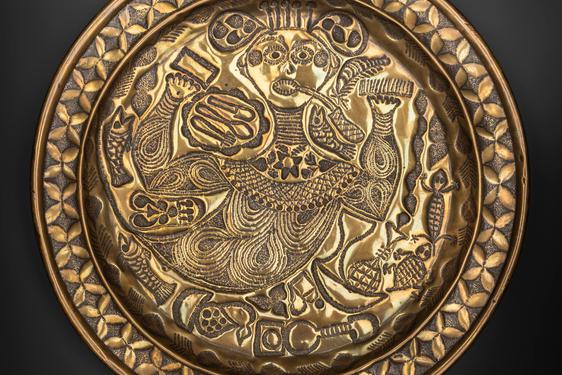
About The Declaration of Arbroath
The Declaration of Arbroath is a letter dated 6 April 1320 written by the barons and freeholders of the Kingdom of Scotland to Pope John XXII. The letter asked the pope to recognise Scotland's independence and acknowledge Robert the Bruce as the country's lawful king.
Despite the Scots' success at the Battle of Bannockburn, Robert I had not been recognised as king by either King Edward II of England or the Pope. At the time, the Pope desired peace between England and Scotland so that both kingdoms could help in a crusade to the Holy Land. The Declaration sought to influence him by offering the possibility of support from the Scots for his long-desired crusade if they no longer had to fear English invasion.
Written in Latin, it was sealed by eight earls and about 40 barons. It was authenticated by seals, as documents at that time were not signed. Only 19 seals now remain.
The surviving Declaration is a medieval copy of the letter, the original having been dispatched to the pope in Avignon. It is cared for by National Records of Scotland and is so fragile that it can only be displayed occasionally in order to ensure its long-term preservation.
Read a full transcription from The National Records of Scotland.
In partnership with
You might also like
- Discover

Prickly Thistle Scotland: A sustainable tartan mill
'Fire' was woven by Prickly Thistle Scotland for use in its sustainable clothing line. It represents an unconventional approach to tartan design and manufacturing in the 21st century. Unlike most tartans available in Scotland today, it has…Keep reading - Discover

The art of weaving tartan
Tartan is one of the most recognisable symbols of Scotland. With historical roots in the display culture of medieval Gaelic society, this living tradition has constantly evolved to suit the social and cultural landscapes of the…Keep reading - Discover

The African spiritual tradition of Mami Wata (Mother Water)
Mami Wata (Mother Water) is an African spiritual tradition that encompasses worship of a pantheon of water spirits. Especially popular in South East Nigeria among the Efik, Ibibio, Igbo and Annang people, trading routes expanded Mami…Keep reading
